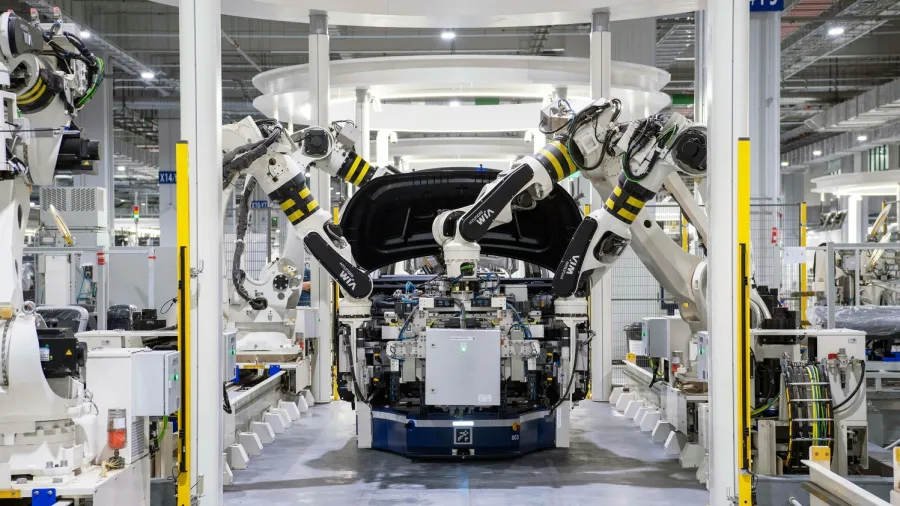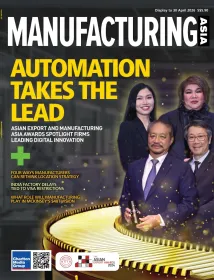
Manufacturing firms in Asia see gains in AI adoption, ERIA report shows
The automotive and electronics sectors accounted for the most robot usage from 2012 to 2019.
Manufacturing firms that have adopted robotics and artificial intelligence (AI) are seeing measurable gains, according to a policy brief report by the Economic Research Institute for ASEAN and East Asia (ERIA).
In Indonesia, firms using automated machines saw a 49% increase in labour productivity over a five-year span compared to those that did not adopt automated machines.
According to the report, more productive firms automated a greater number of tasks, produced better-quality goods, earned higher revenue, and hired more employees.
This pattern fits a broader global trend. From 2012 to 2019, the number of robot installations more than doubled worldwide, driven largely by China and Japan.
The automotive and electronics sectors accounted for the most robot usage, whilst falling prices and improved functionality contributed to rising global adoption. Average robot costs dropped over 60% from 2005 to 2017.
Furthermore, the report noted the two potential benefits of robotics and AI. First, technological advancements are cost-effective in terms of production and operational costs, as they can help companies perform complex tasks faster and with greater precision and accuracy than humans.
Second, robotics and AI help markets operate efficiently by learning consumer preferences and allocating goods and services to where they are needed to improve availability and to enhance efficiency in logistics and delivery.
However, whilst automation is driving output, it's also deepening divides.
The ERIA brief draws a clear line: high-skilled workers benefit as robotics amplifies their productivity, whilst low-skilled workers, those doing routine manual tasks, are increasingly sidelined.















